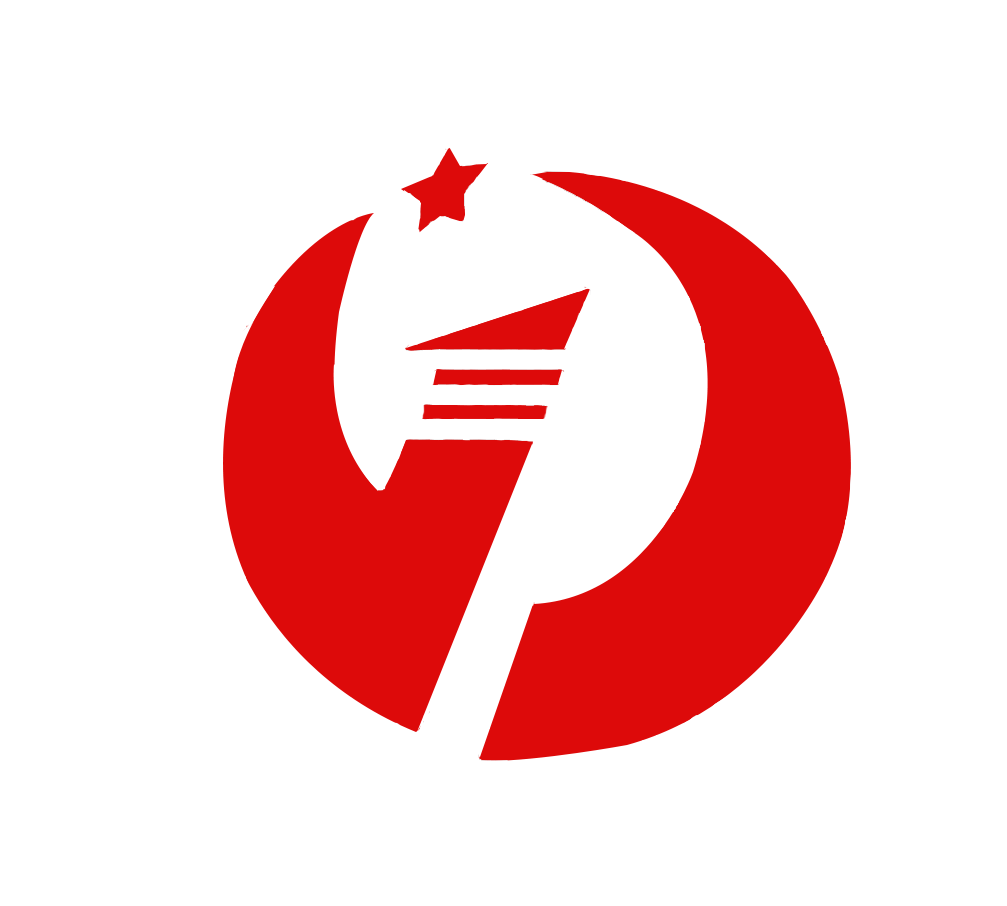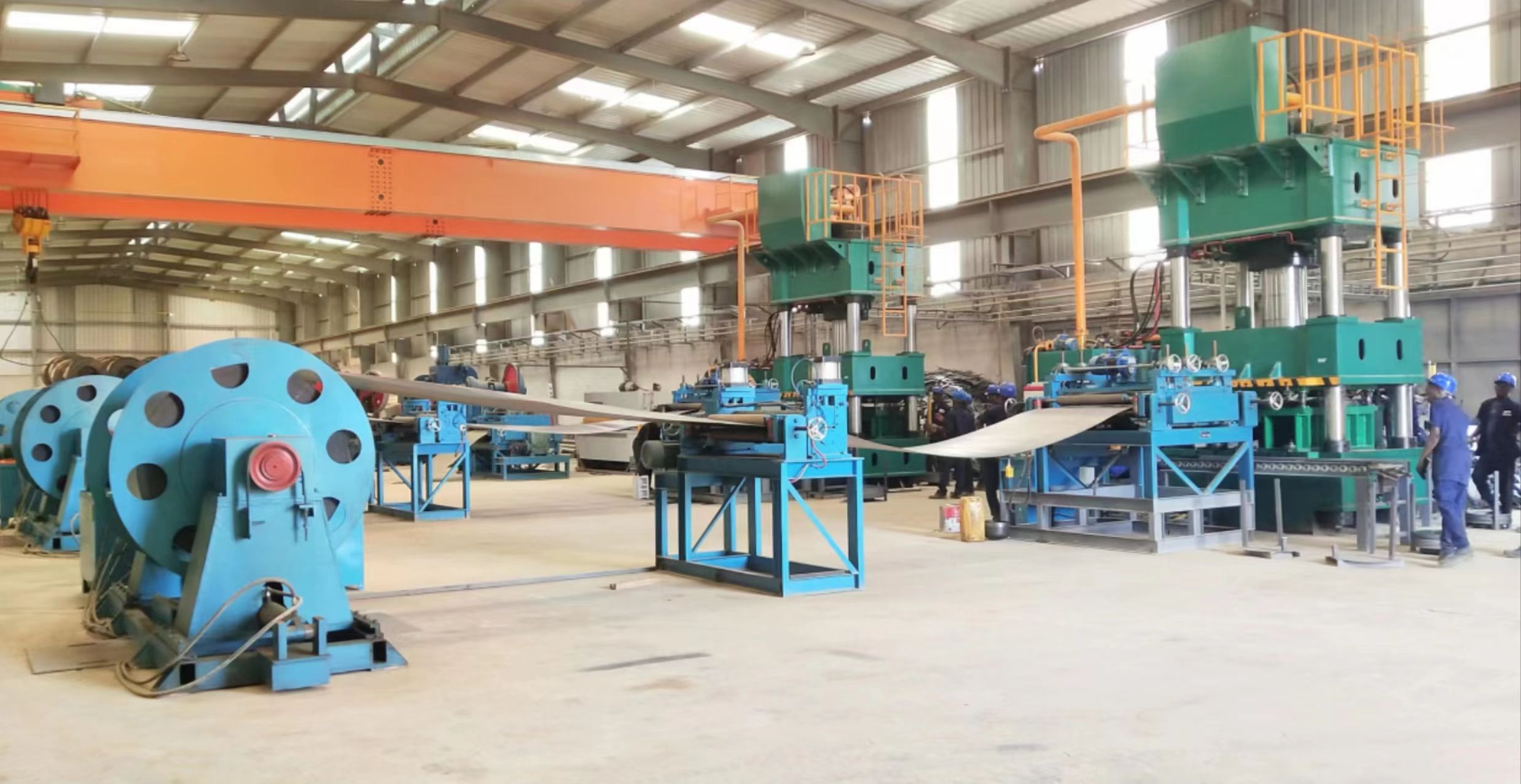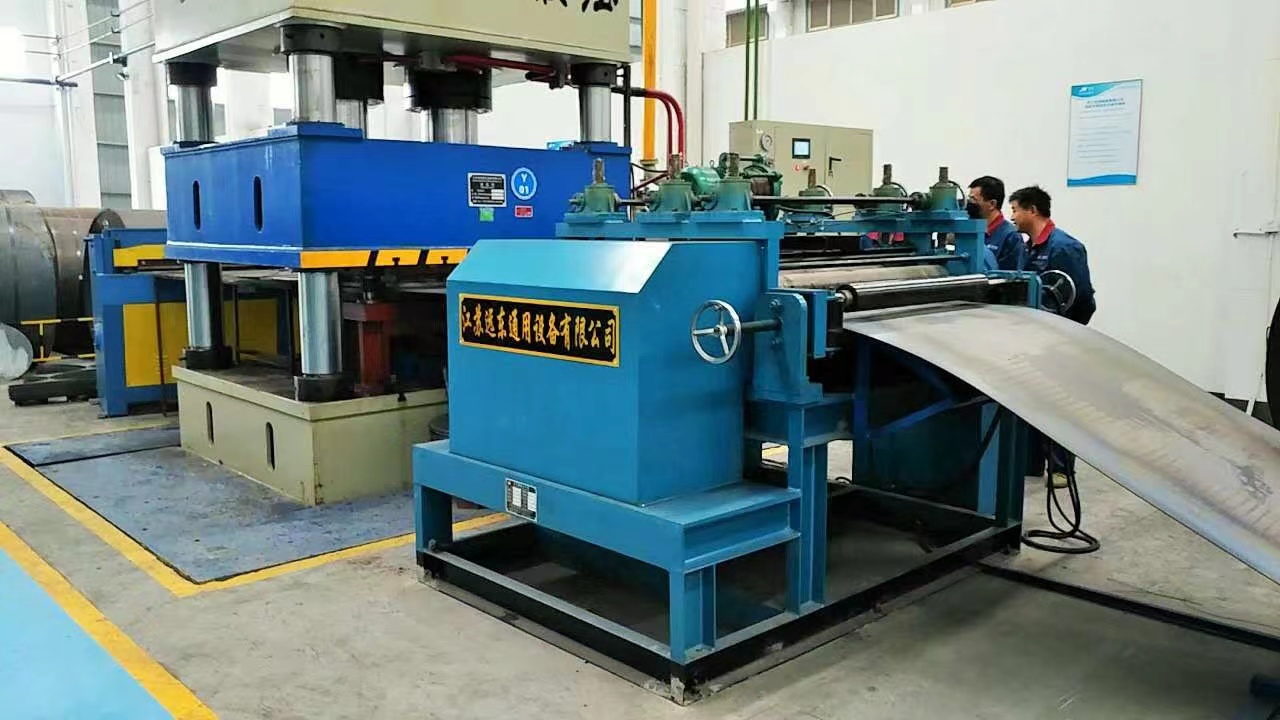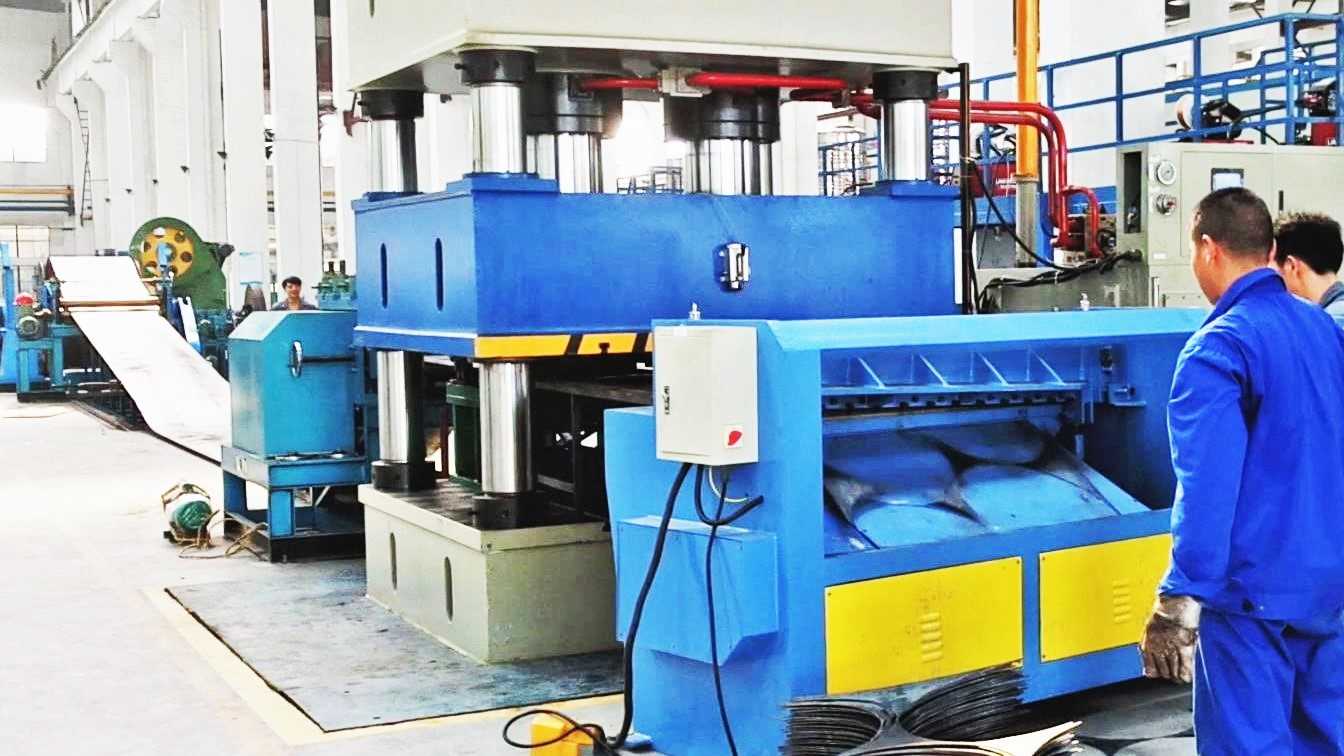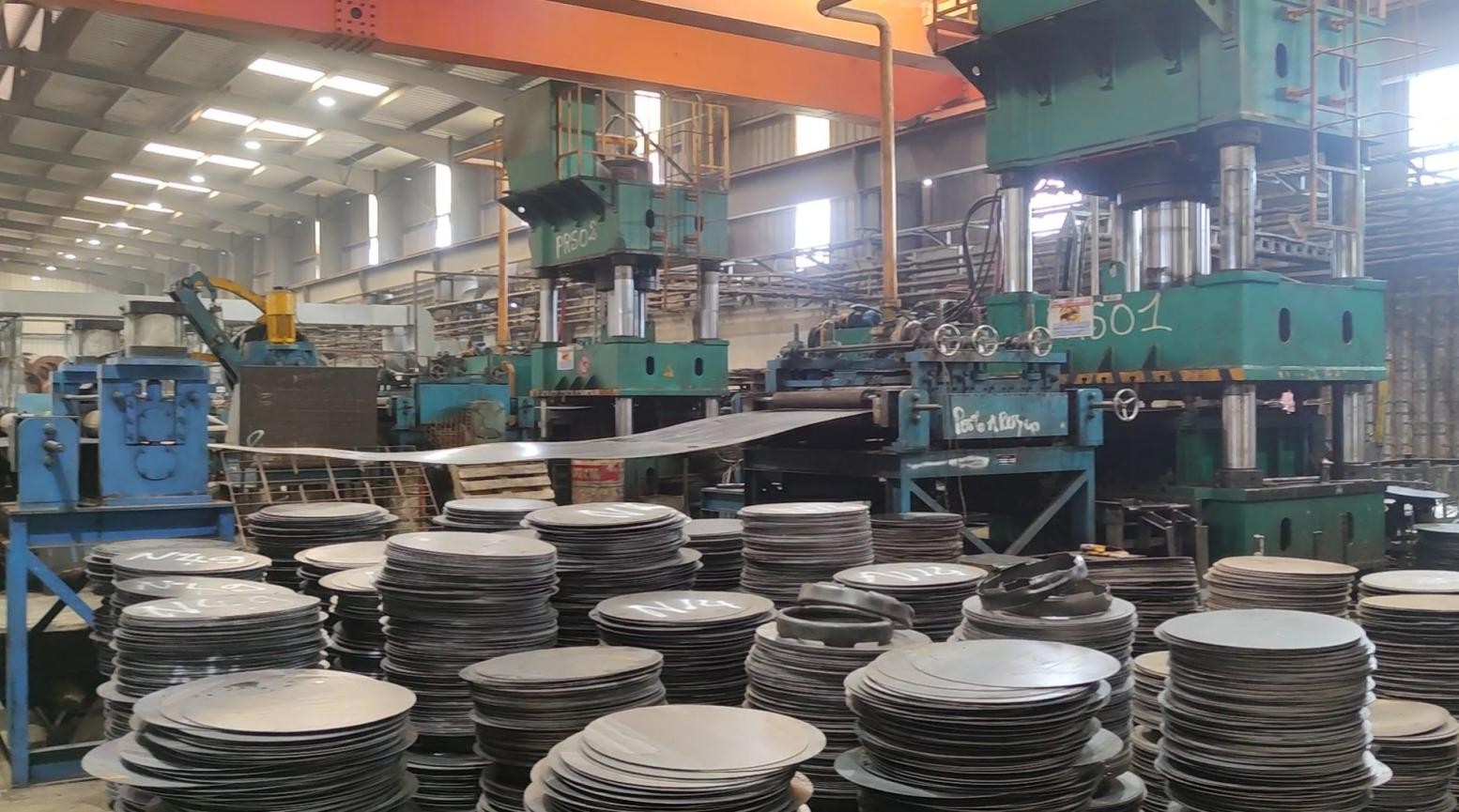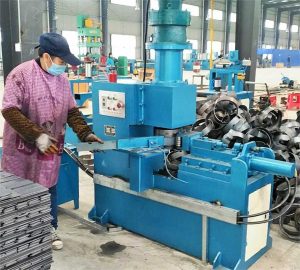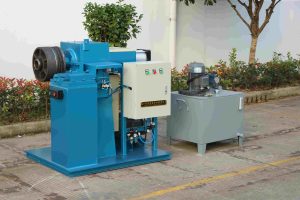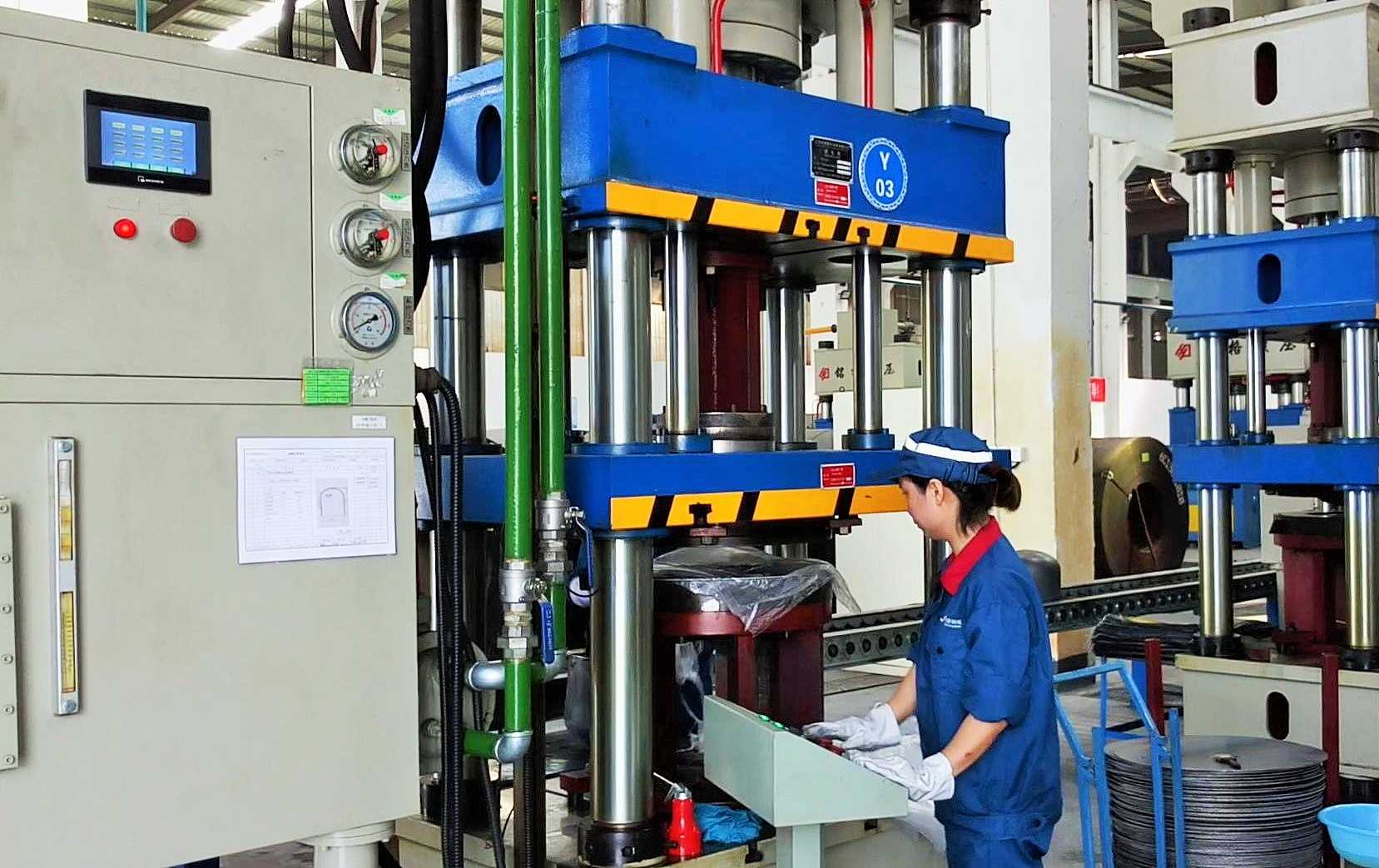Product Overview:
This production line is a fully automated plate processing system specially designed for the manufacturing of liquefied petroleum gas cylinders. It integrates plate uncoiling, precise blanking and stacking arrangement, achieving efficient and continuous processing from raw materials to formed blanks. The production line adopts intelligent control technology to ensure the dimensional accuracy and cut quality of the steel cylinder body plates, providing high-quality billets for subsequent processes such as rolling and welding.
Core components and functions:
1. Plate uncoiling unit
The multi-roll leveling technology is adopted to eliminate the internal stress of the rolled plate, and the flatness error is ≤0.5mm/m
It is equipped with an automatic deviation correction system to ensure that the centering accuracy of the sheet is ±1mm
2. Numerical control blanking unit
The O-servo-driven hydraulic shears or laser cutting heads achieve high-precision blanking within ±0.3mm
Programmable cutting of various specifications (such as Φ219mm, Φ325mm and other cylinder expansion dimensions)
3. Automated conveying and stacking system
The mechanical hand or belt conveyor automatically sorts the billets
Intelligent counting and stacking, supporting connection with AGVs to achieve unmanned logistics
Technical advantages:
• High-efficiency production: The overall line speed can reach 15-25m/min, and the output per shift exceeds 500 pieces
• Intelligent control: PLC+HMI human-machine interface, with over 100 preset cylinder specification parameters
• Energy conservation and environmental protection: Variable frequency drive saves 30% of energy, with noise ≤75dB
Applicable materials:
• Material: HP295, Q345R and other special steel cylinder plates
• Thickness: 2.5-6.0mm
• Coil material weight: Max.10 tons
Quality Assurance
• The incision is free of burrs (Ra≤12.5μm)
The diagonal tolerance is ≤1.5mm
• Equipped with a CCD size detection system
Customized service
Personalized solutions can be provided based on customer demands. Specific parameters and functions can be adjusted according to the actual equipment configuration to meet the process requirements of different customers.
